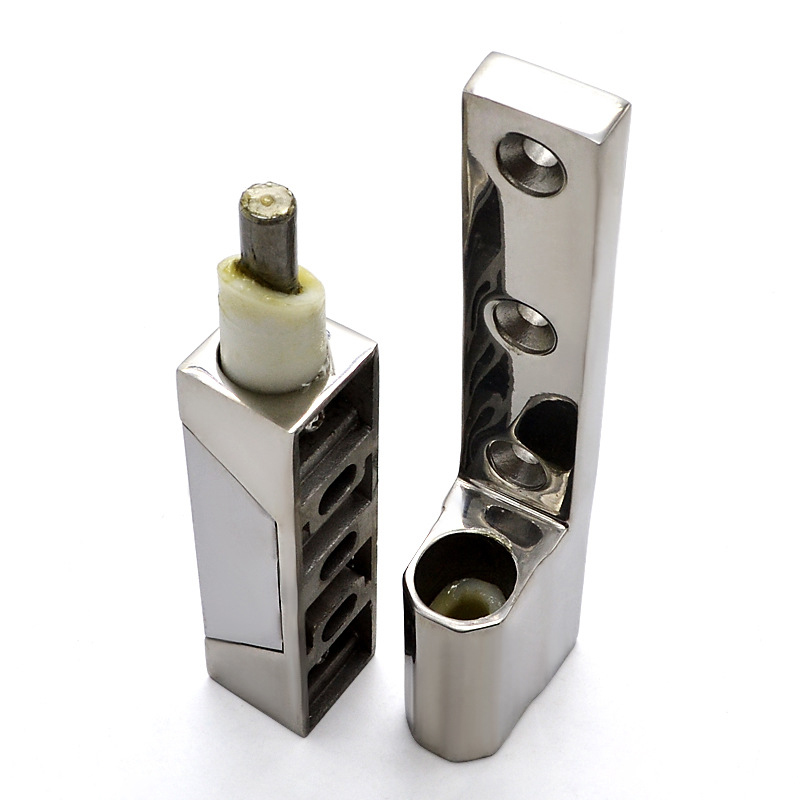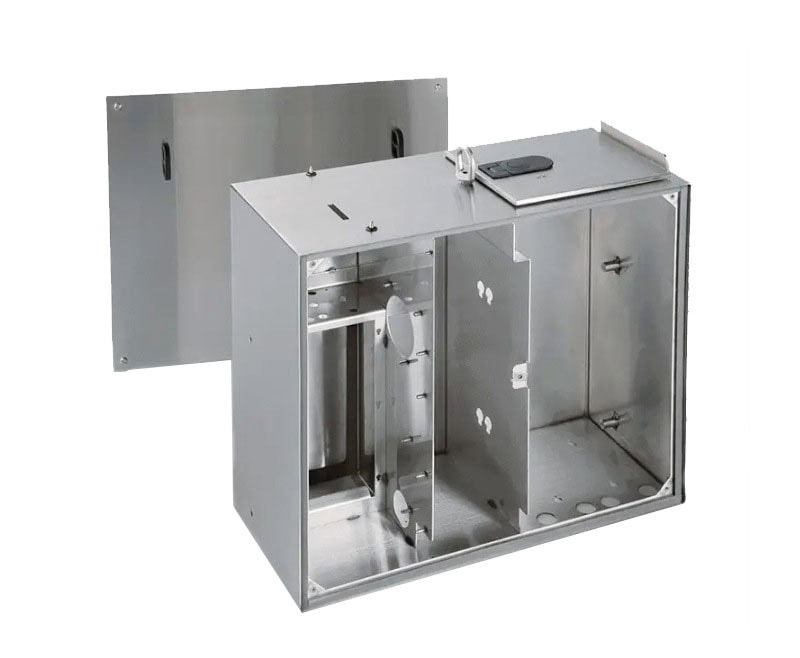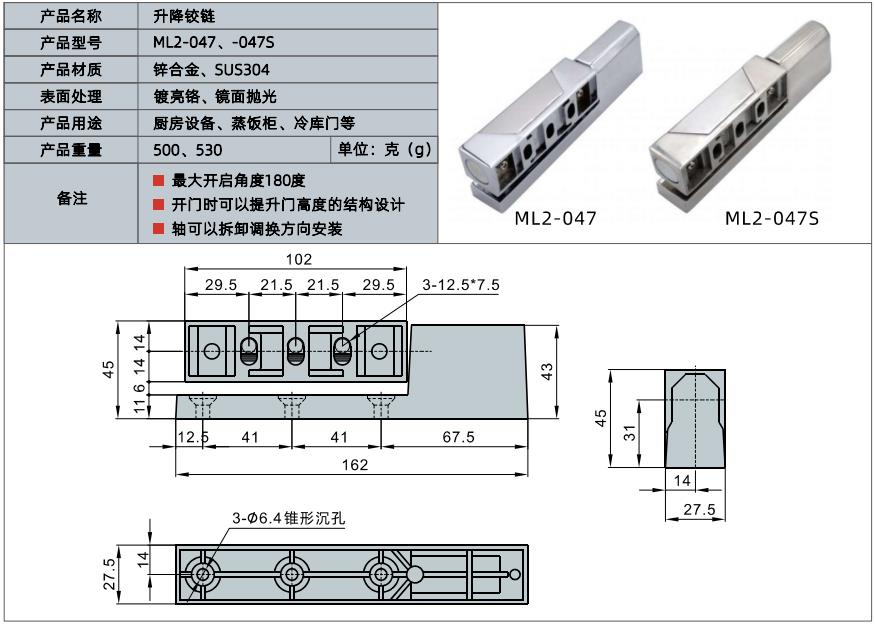Replacing lift-off hinges on a steel-framed door requires specific tools, careful measurements, and proper alignment to ensure durability and smooth operation.
To replace lift-off hinges on a steel-framed door, first remove the door by lifting it off the hinges, unscrew the old hinge plates, and align the new hinges with precise measurements. Attach the new hinges securely to ensure smooth door functionality. Be sure to use heavy-duty hardware suitable for steel frames and check alignment to prevent hinge binding.
Learn the step-by-step process for replacing lift-off hinges on a steel-framed door below.
What Are Lift-Off Hinges?
Lift-off hinges enable easy door removal by simply lifting the door off its frame without unscrewing or disassembling components. Common in industrial and heavy-duty settings, these hinges are ideal for doors needing frequent removal.
Lift-off hinges consist of two parts, allowing the door to be detached by lifting it upward. This design is ideal for steel-framed doors requiring easy removal and reattachment.

Lift-off hinges differ from other hinges, such as Piano Hinges or Trailer Door Hinges, by their unique upper and lower components. The lower section attaches to the door frame, while the upper attaches to the door itself, allowing for quick separation without dismantling screws or pins. This feature is highly beneficial for maintenance in industrial-grade environments, including laboratories and storage areas requiring controlled access.
Preparing to Replace Lift-Off Hinges on Steel Doors
Before beginning, it’s essential to prepare the door and frame to ensure accurate and efficient hinge installation.
Gather necessary tools, such as screwdrivers, drills, and measuring tapes, and check the alignment of existing hinges to prevent binding when installing new ones.
To prepare effectively, first ensure you have the appropriate heavy-duty hinges for steel frames. Steel-framed doors demand resilient materials, ideally stainless steel or treated alloys, to withstand frequent use. Wear protective gloves and consider additional assistance to handle the door due to its weight. Also, carefully inspect the frame for any signs of wear or previous misalignment. With these preparations in place, you’re ready for hinge removal and replacement.
Step 1: Removing the Existing Door and Hinges
The first step involves safely removing the door from its frame and detaching any existing hinge plates.
Begin by lifting the door off the hinges, then unscrew the old hinge plates from the frame, marking their positions for reference.

For a successful replacement, gently lift the door upward, using assistance if necessary. Once detached, set the door aside in a safe location. Next, unscrew the hinge plates attached to the door frame. Keep these screws if they are compatible with your new hinges. Noting the original positions of the hinges can help guide you in aligning the replacement hinges accurately, reducing potential door alignment issues after installation.
Step 2: Preparing the Frame for New Hinges
Preparing the steel frame is essential to achieve a secure and properly aligned hinge installation.
Clean the frame, inspect it for damage, and mark hinge placements to ensure precise alignment for the new hinges.
Steel frames are often exposed to wear, so inspect for rust, dents, or misalignment that may affect hinge performance. Using a marker or pencil, outline the hinge locations on the frame, ensuring that the markings match the specifications of the new hinges. A clean, aligned frame makes it easier to achieve a secure installation that supports smooth door movement.
Step 3: Installing the New Lift-Off Hinges
Now that the frame is prepared, attach the new hinges, ensuring they are correctly aligned and securely fastened to the steel frame.
Attach each new hinge plate to the frame using screws rated for steel frames. Verify level placement to support smooth door movement.
Begin by drilling pilot holes in the frame if needed, taking care to use the proper drill bits for steel. Once aligned, fasten each hinge plate securely. This step is critical, as steel-framed doors are often heavy, and improper installation could lead to hinge failure. Align the door’s upper hinge parts with the frame-mounted hinges, ensuring a smooth fit. This process is similar to installing Heavy Duty Hinges in industrial-grade settings, where secure, long-lasting attachment is essential.

Step 4: Testing and Adjusting the New Hinges
Once the hinges are installed, test the door’s movement to ensure it operates smoothly and make any necessary adjustments.
Open and close the door to test for smooth operation, and adjust hinge alignment if binding occurs.
Perform an initial test by swinging the door open and closed, checking for smooth movement. If the door appears misaligned, make minor adjustments by loosening specific screws or re-leveling the hinges. Testing for proper alignment is crucial for applications in high-traffic or industrial areas, including environments where Cold Storage Room Hinges are used, as any misalignment can lead to premature wear on both the door and hinges.
Important Considerations When Replacing Lift-Off Hinges on Steel Doors
Proper replacement of lift-off hinges involves more than just installation; careful consideration ensures longevity and optimal performance.
Consider hinge material, door weight, and frame alignment to maximize durability and functionality of the hinges.
Additional Tips:
- Choose Corrosion-Resistant Materials: Use high-quality hinges, such as stainless steel or specially treated alloys, to prevent rust, especially in industrial settings or climates with high humidity.
- Verify Hinge Load Capacity: Ensure the new hinges can support the weight of the steel door, preventing hinge wear or failure. Heavy-duty or Detachable Hinges are often ideal.
- Regular Maintenance: Periodically check hinge screws and alignment to ensure consistent performance. Proper maintenance reduces the risk of operational issues and prolongs hinge life.
Attention to these details will enhance the reliability of the new lift-off hinges, particularly in high-use or specialized environments.
Conclusion
Replacing lift-off hinges on a steel-framed door requires careful preparation, precise installation, and thorough testing to ensure smooth, reliable operation.




